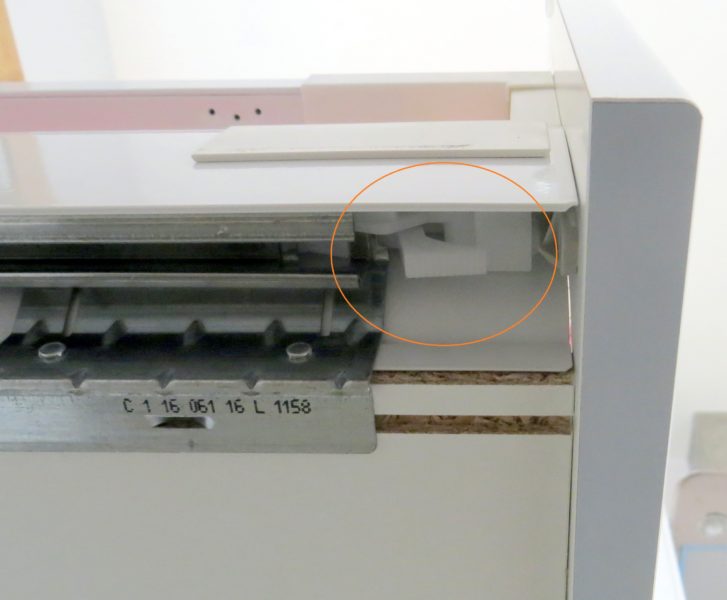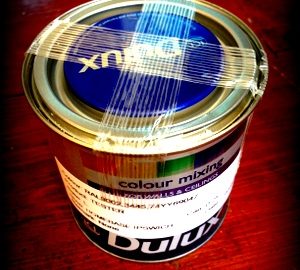 Raiding your child’s piggy bank is not something that I would generally suggest although I am sure there are plenty of people who have suddenly found themselves short of cash or just some change that have needed to do it in the past!
Raiding your child’s piggy bank is not something that I would generally suggest although I am sure there are plenty of people who have suddenly found themselves short of cash or just some change that have needed to do it in the past!
But it might be important that you do it before the middle of October 2017!

The reason for this is the introduction of the new £1 coin that is happening on 28th March of this year. The new £1 coin will be completely different to the old round one as it will be 12 sided and not round for starters. There are many other aspects of the new pound coin that will be different from the old one in a bid to stop counterfeiters.
You will still be able to use the old £1 coin until 15th October 2017 but after that nobody is obliged to accept the coin. However you will be able to pay it in to most post office and bank accounts, even though you will likely not be able to spend it.
So it is probably a good idea to maybe empty out that piggy bank and either swap it for new coins when you get them, or maybe pay it in to a child’s savings account if they have one.
It will be easier to do this before the 15th October deadline as you (or they) will be able to spend it in shops along with the new one pound coin.
So on 15th October 2017 the old one pound coin will no longer be legal tender.

If you are reading this and it is after the 15th October 2017 deadline and you have found a stash of the old £1 coins then take them into your bank and they should be able to credit them to your account.
No doubt there will be plenty of people finding £1 coins down the back of sofas and in clothes for quite a while to come!
 Although to some people boiling an egg might seem like a simple task, it is like everything in life you only learn how to do something by either reading about it, watching someone else or learning from family etc. If you haven’t had anyone in the past who has taught you how to boil an egg and for how long you need to boil an egg for then it’s probably about as simple as changing the oil on a car would be for me!
Although to some people boiling an egg might seem like a simple task, it is like everything in life you only learn how to do something by either reading about it, watching someone else or learning from family etc. If you haven’t had anyone in the past who has taught you how to boil an egg and for how long you need to boil an egg for then it’s probably about as simple as changing the oil on a car would be for me!



